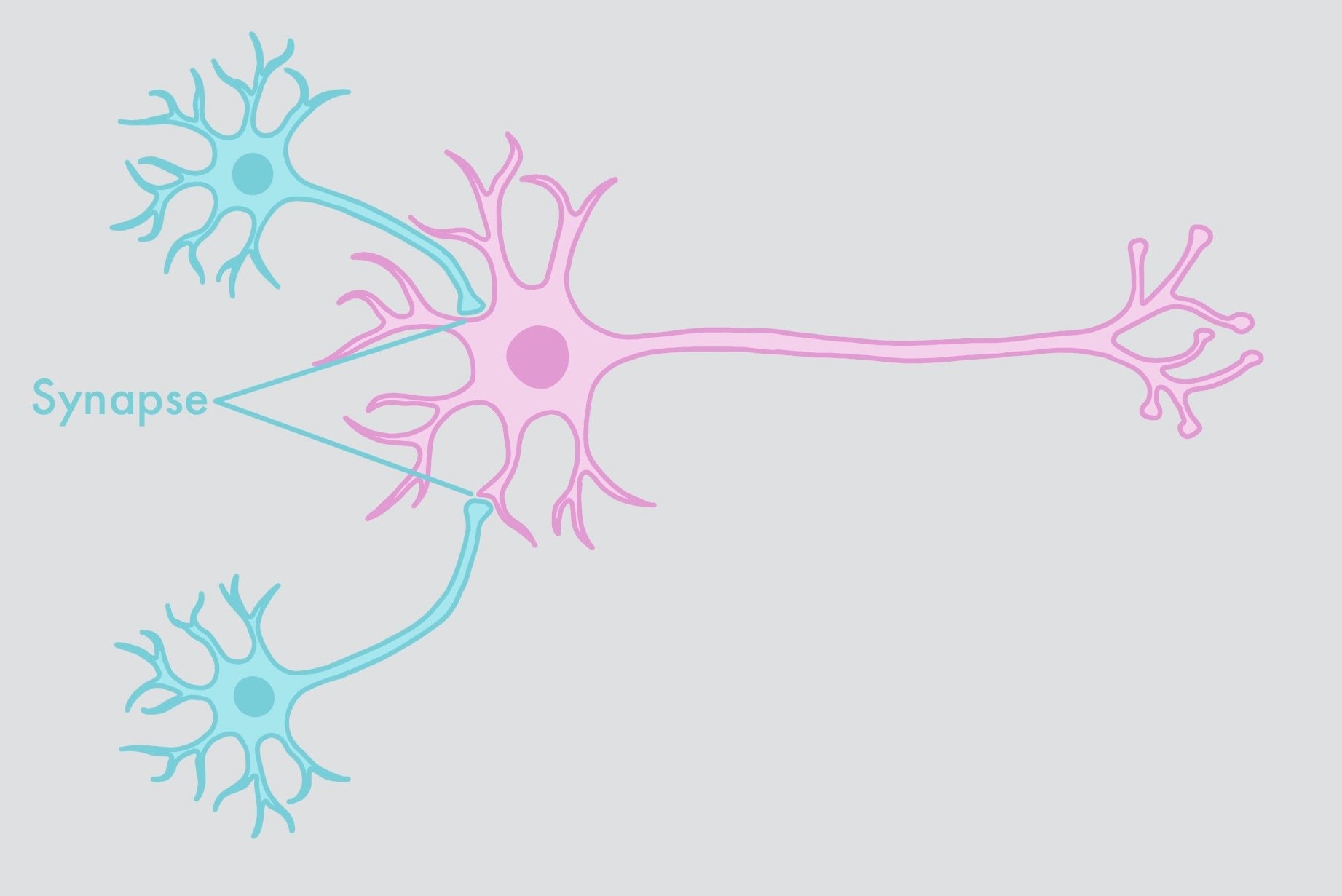What is a Synapse?
Neurons communicate with each other via synapses, which are connections between two cells through which information passes. Each synapse is composed of a pre-synaptic neuron and a post-synaptic neuron. The pre-synaptic neuron communicates incoming information to the post-synaptic neuron, which can then go on to communicate information to other neurons or tissues in the body.
Chemical Synapses
Chemical synapses are synapses that use chemical signaling. These chemicals, also known as neurotransmitters, communicate specific messages to other neurons and tissues in the body. Different neurotransmitters communicate different messages, allowing for neurons to control specific processes in the body.
When the pre-synaptic neurons are activated, its axon terminals release neurotransmitters that contain chemical information. The neurotransmitters bind to receptors on the post-synaptic neuron, causing specific processes to occur. This chain-reaction, initiated when the neurotransmitter binds to the receptor, is how neurons communicate information to each other.
Electrical Synapses
Another type of synapse is an electrical synapse. In electrical synapses, the two neurons are connected to each other via gap junctions. These gap junctions allow for electrical charge to be passed from one neuron to the other, communicating information down a chain of neurons.
When a neuron is activated, an action potential is generated, which results in the accumulation of electrical charge in the pre-synaptic neuron. This electrical charge then passes through the gap junctions, triggering an action potential in the post-synaptic neuron. Electrical synapses are bi-directional, which means that electrical charge can flow in both directions, allowing for both neurons to communicate messages to each other.



